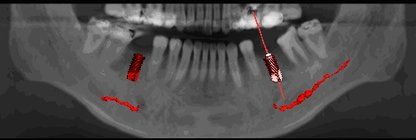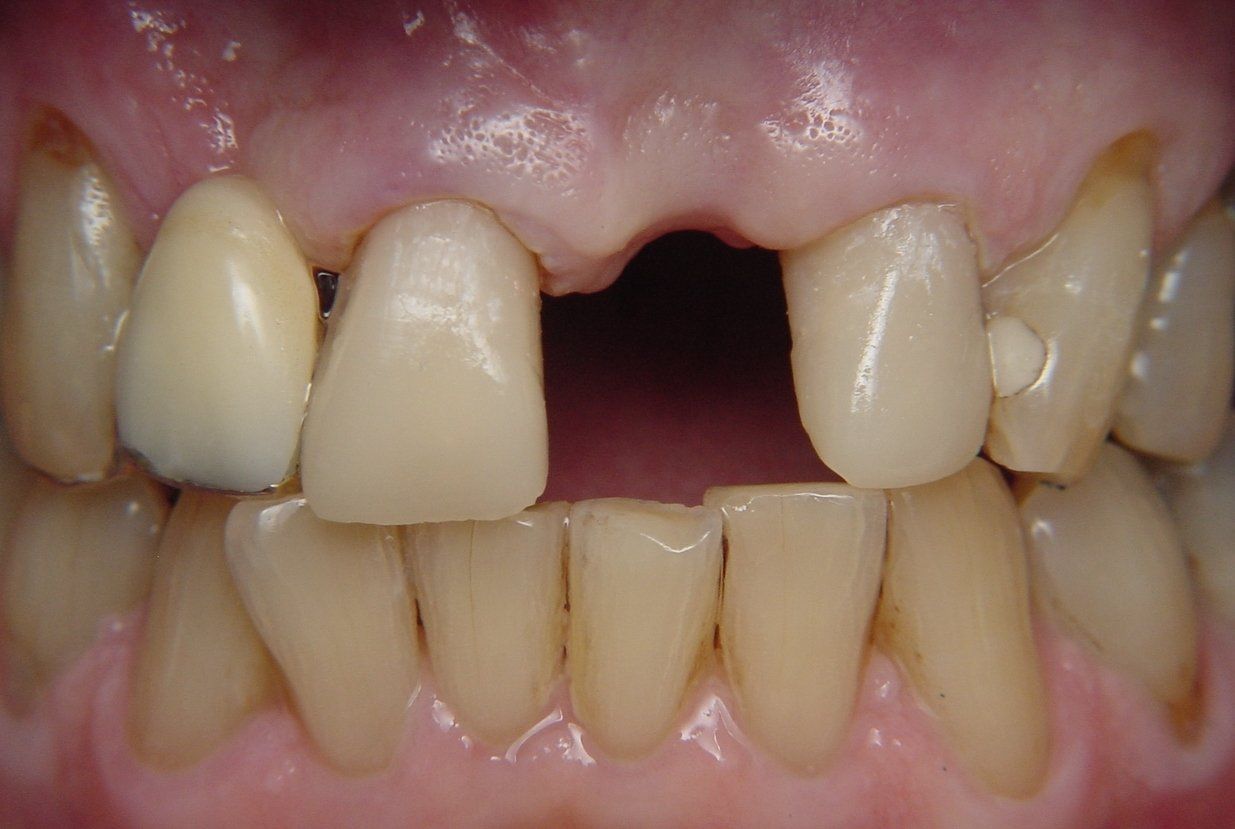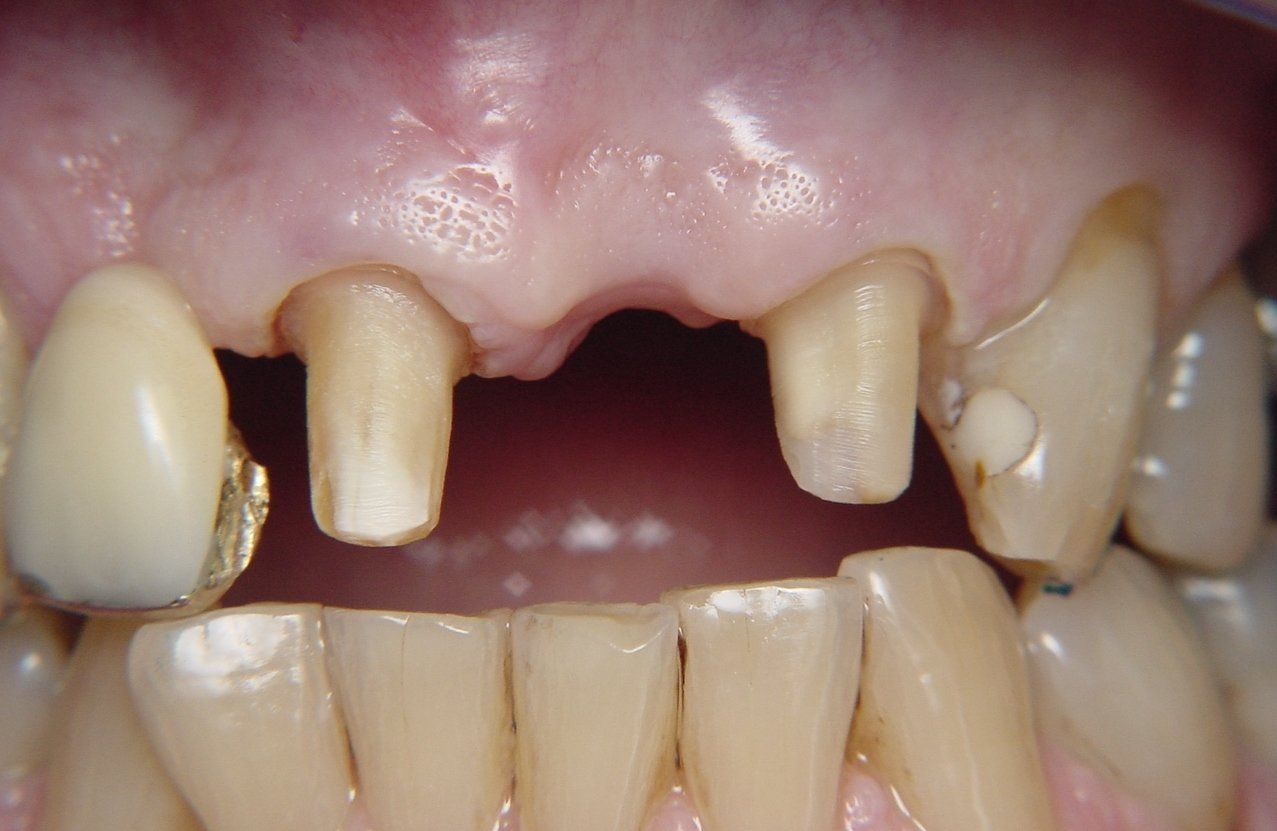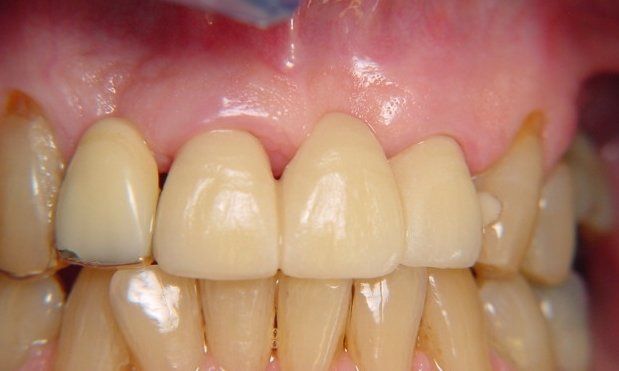Services
WHAT IS INVOLVED?
COMPUTER GUIDED SURGERY
WHY DENTAL IMPLANTS?
Frequently Asked Questions
- What are dental implants?
Dental implants replace the roots of missing teeth. They are usually made of commercially pure titanium. Dental implants are surgically placed into the bone where they become incorporated in a process called Osseointegration.
- Do I always need an implant for every tooth missing?
In short the answer is no. In many cases, a group of missing teeth can be supported by fewer implants. No two people are the same so your individual case will be assessed to determine your best treatment plan.
- Are there any rejections from using titanium?
Titanium has been used extensively in trials that date back to the 1950s. In 1965, the first case in humans was performed and there have been millions of implants placed since then with no rejection type reactions. Any failure is usually seen in the first 12 months with the most common cause being too much load too early.
- Do implants last forever?
We do not know the answer to this question as forever is a long time! Implants do not suffer from decay. Just like natural teeth, there is natural gum and bone surrounding implants which require thorough cleaning daily and regular visits to your dentist just like teeth. Implants in general are very durable and the maintenance is relatively low compared to other dental procedures.
- Is the procedure uncomfortable?
Many patients have compared the treatment to that of a tooth requiring root canal and crown. They all agree that an implant supported tooth is much easier and much more comfortable. There is a surprisingly low need to take any analgesic by the next day.
Some patients even go back to work the same day after their surgery.
- Do I have enough bone?
Quite often, our patients have been told previously there is just not enough bone or they may require extensive bone grafting. With our experience at Epping Dental Implant Clinic, we quite often can find simpler solutions requiring very little bone to complete the treatment and may avoid the need for bone grafting.
- Is the procedure expensive?
Most patients are surprised at how little implant treatment costs!
It is important to have a consultation to assess the right treatment plan for you and the cost of your various options. We have HICAPS which allows us to instantly process your health fund payments which means you only have to pay the gap and not the total amount for your treatment.
- Are there any other options besides dental implants?
Your options will be discussed within the consultation so you can make an informed choice on your individual treatment plan. For example, a missing tooth may be replaced by a removable partial plate or a fixed bridge.
Copyright ©2024. Kent Yuen. All Rights Reserved. Privacy Policy. Website Disclaimer. Website Design by Web-nv.com Solutions








